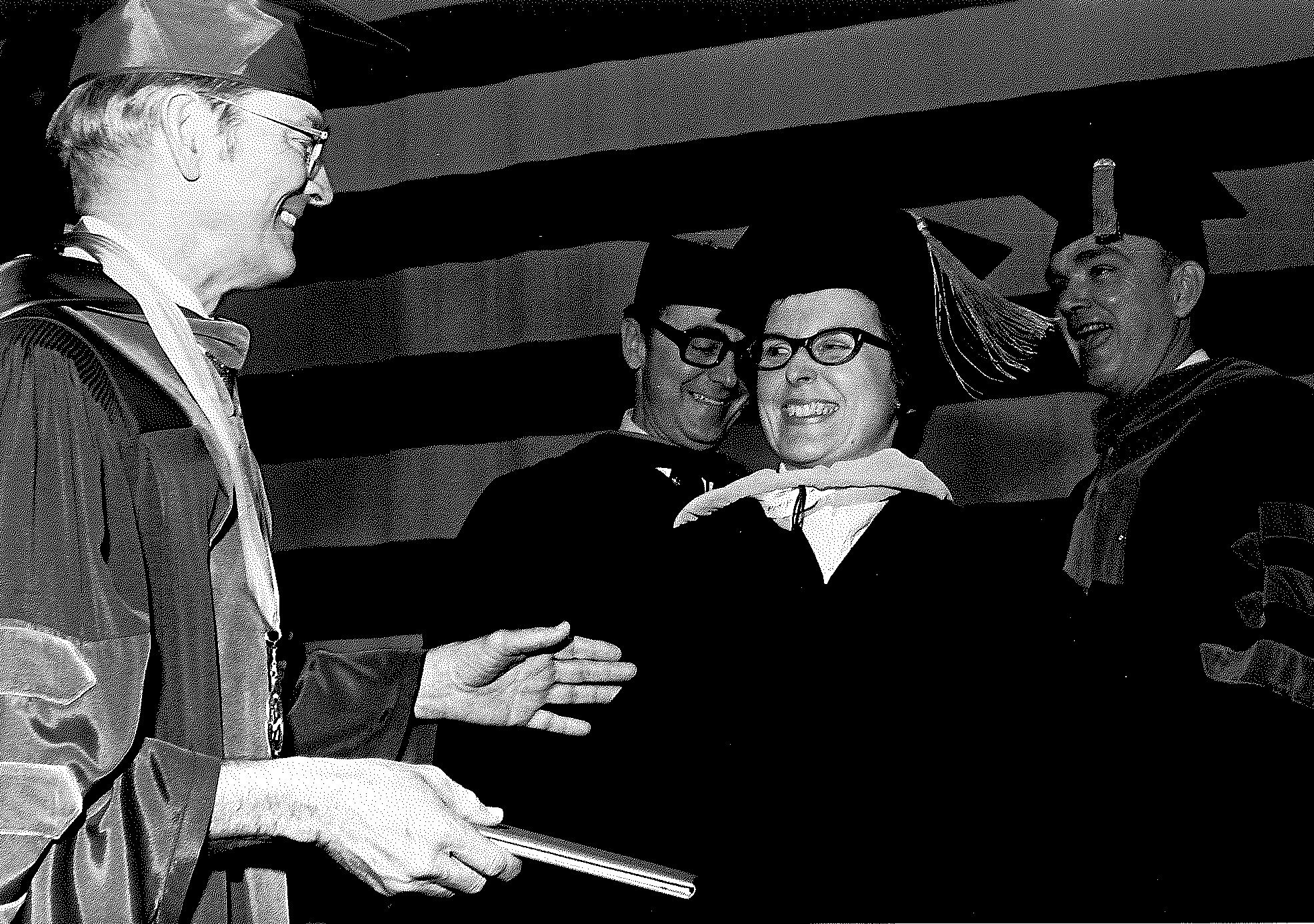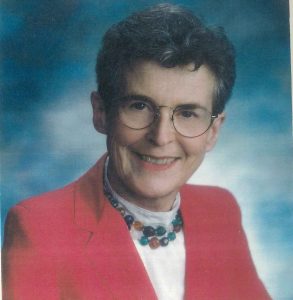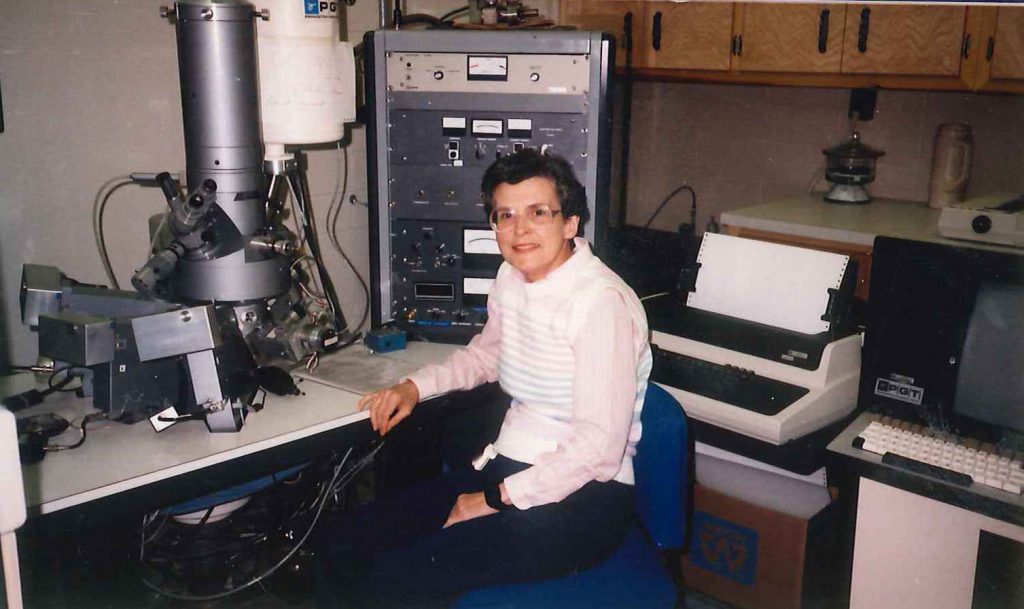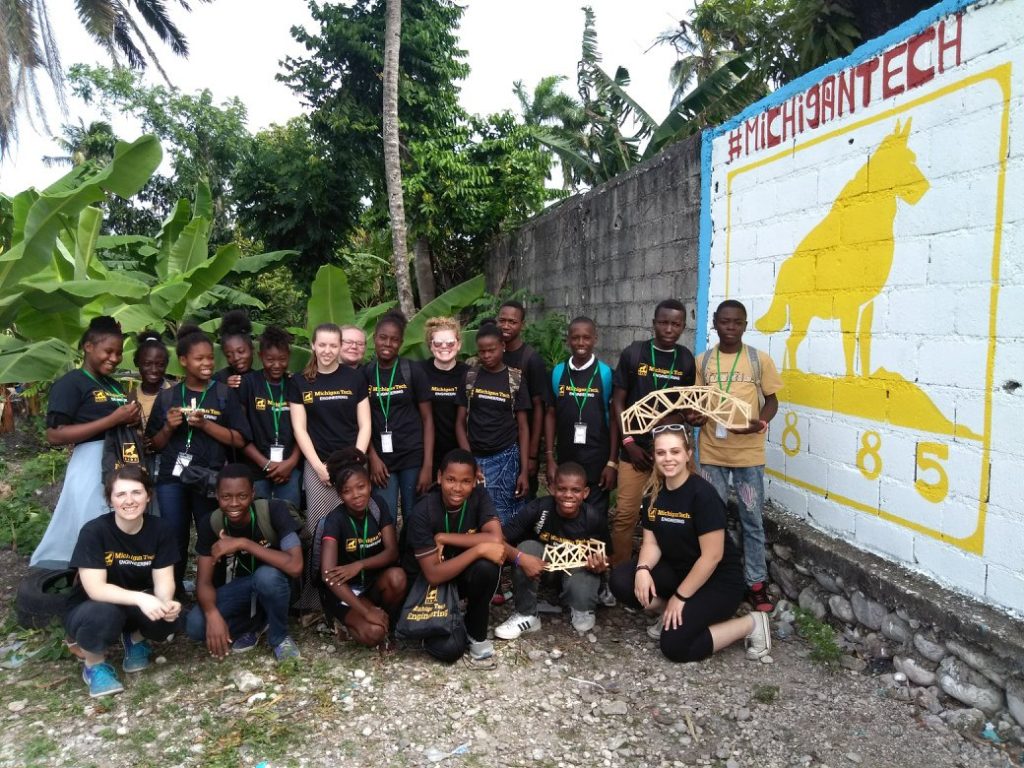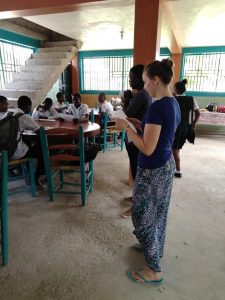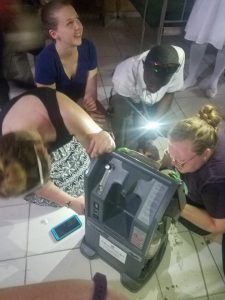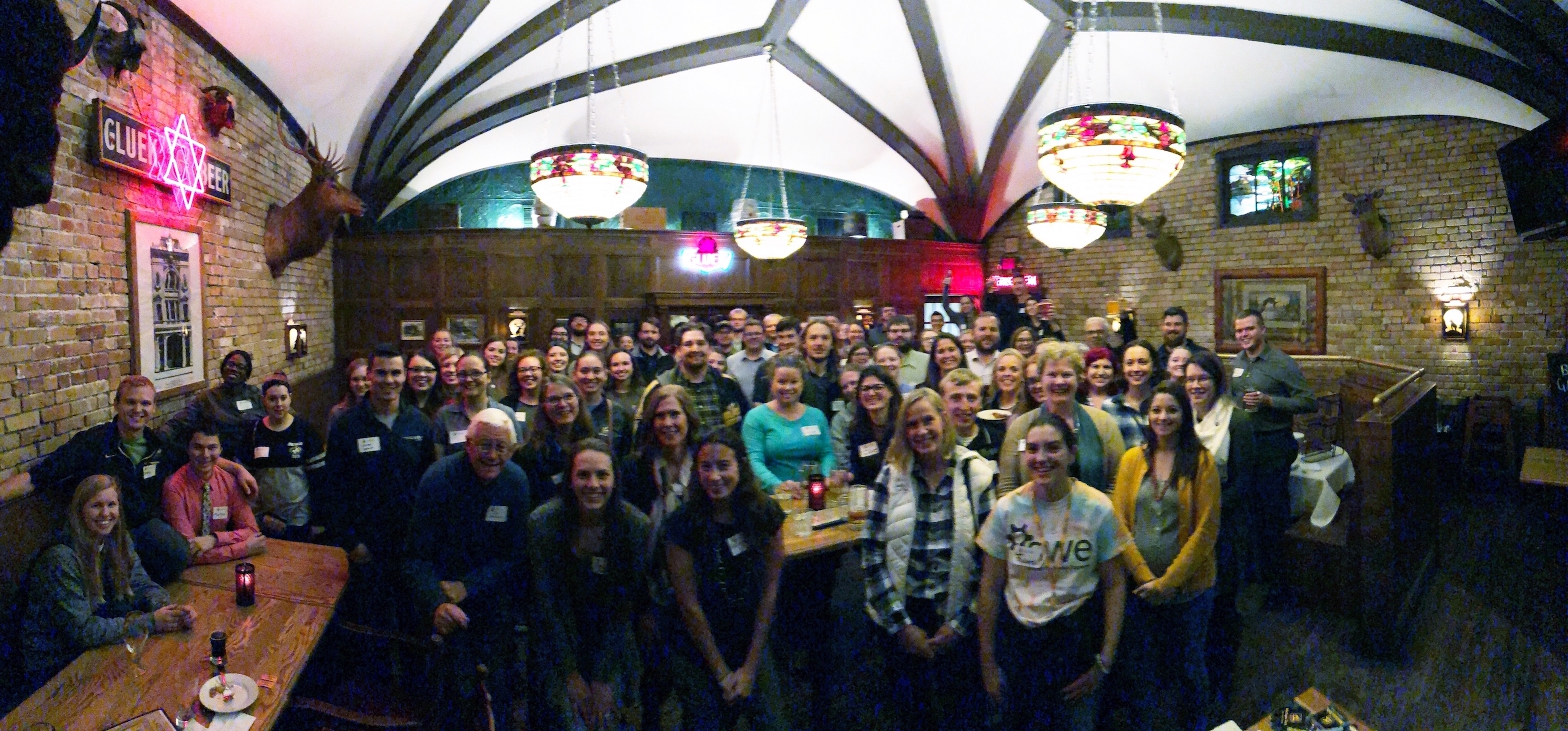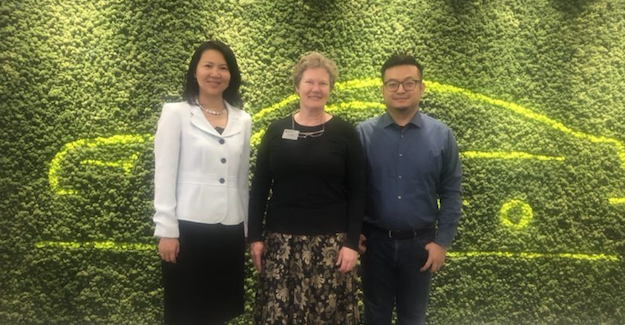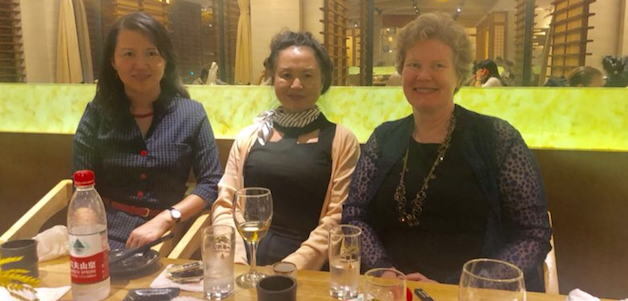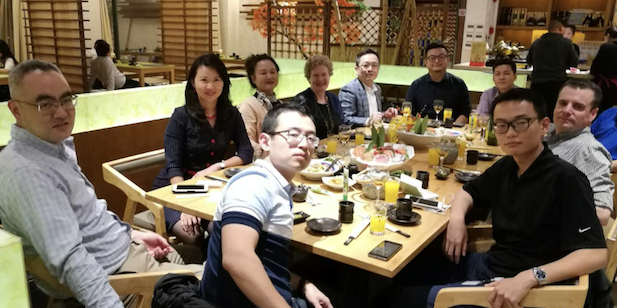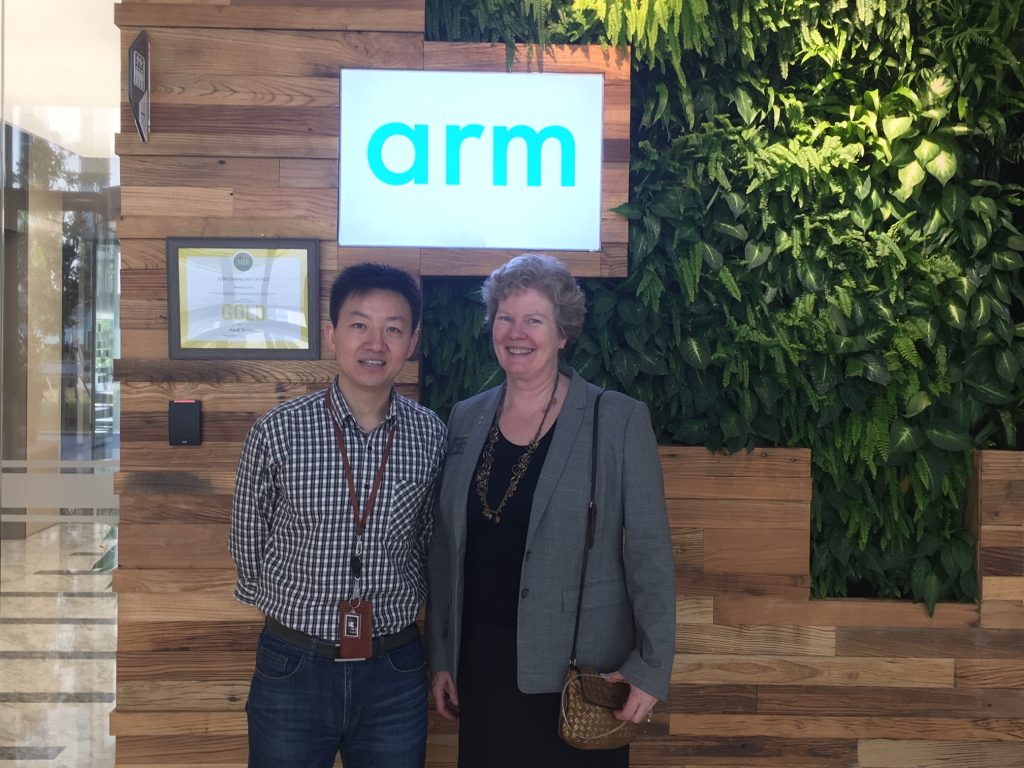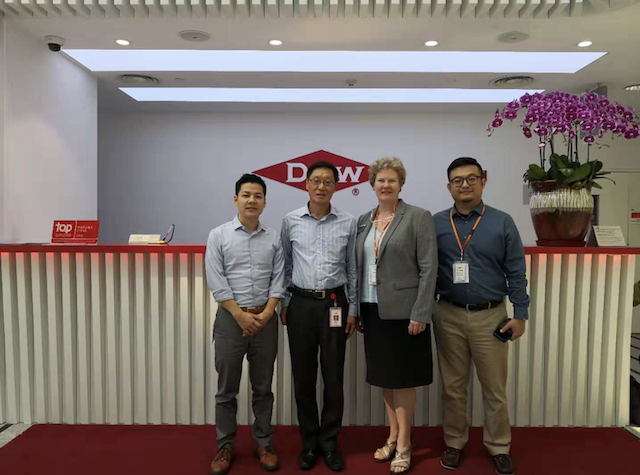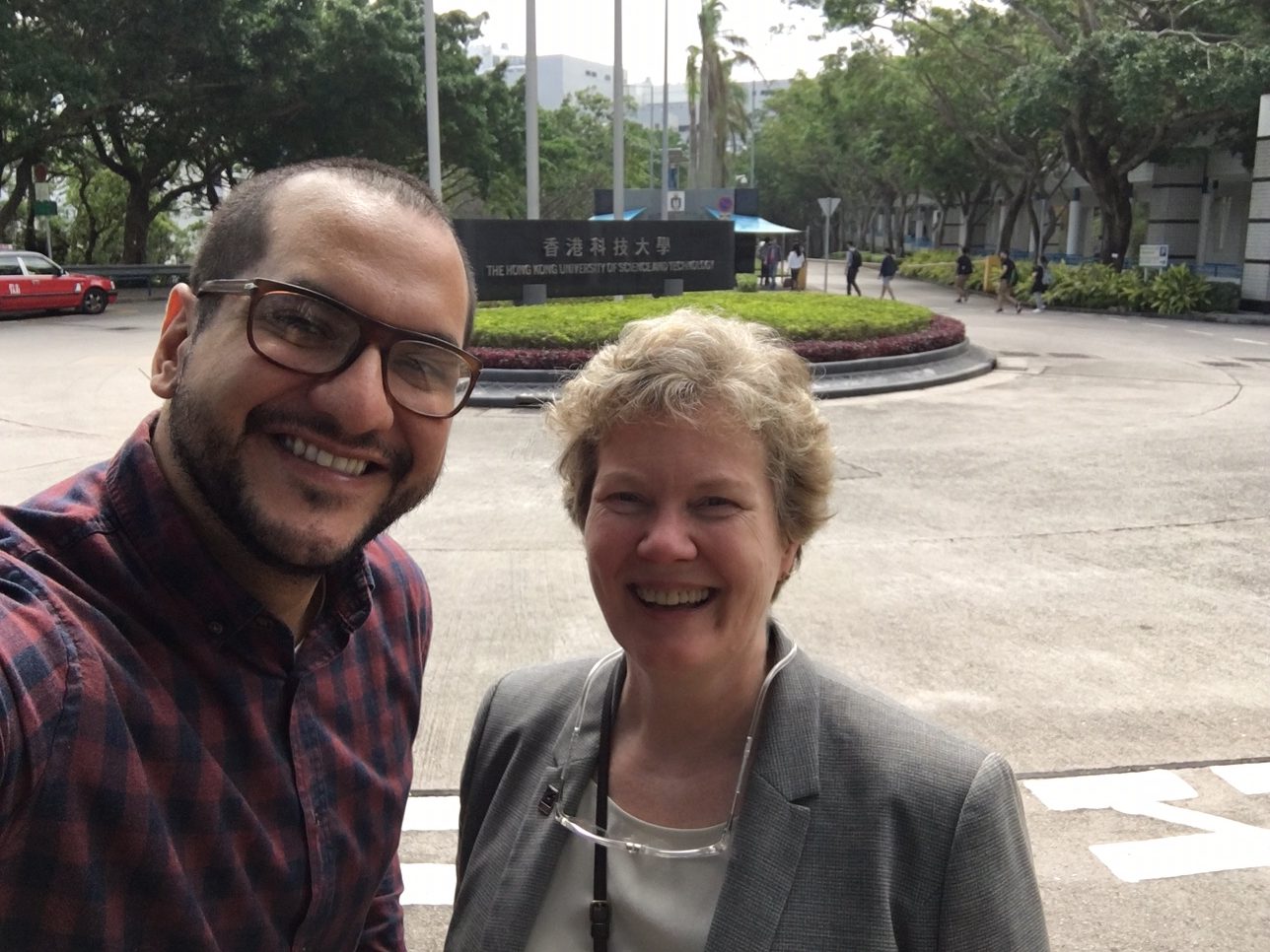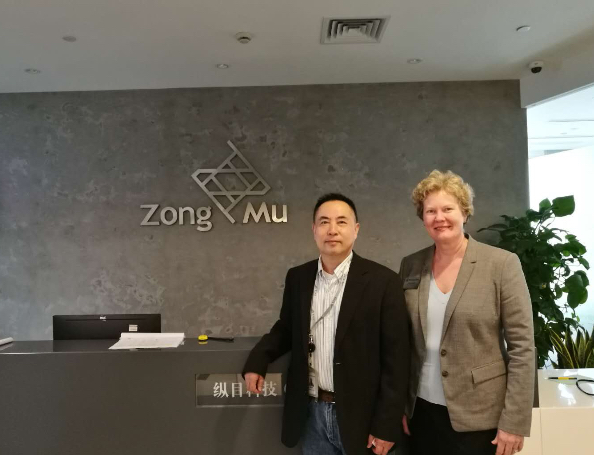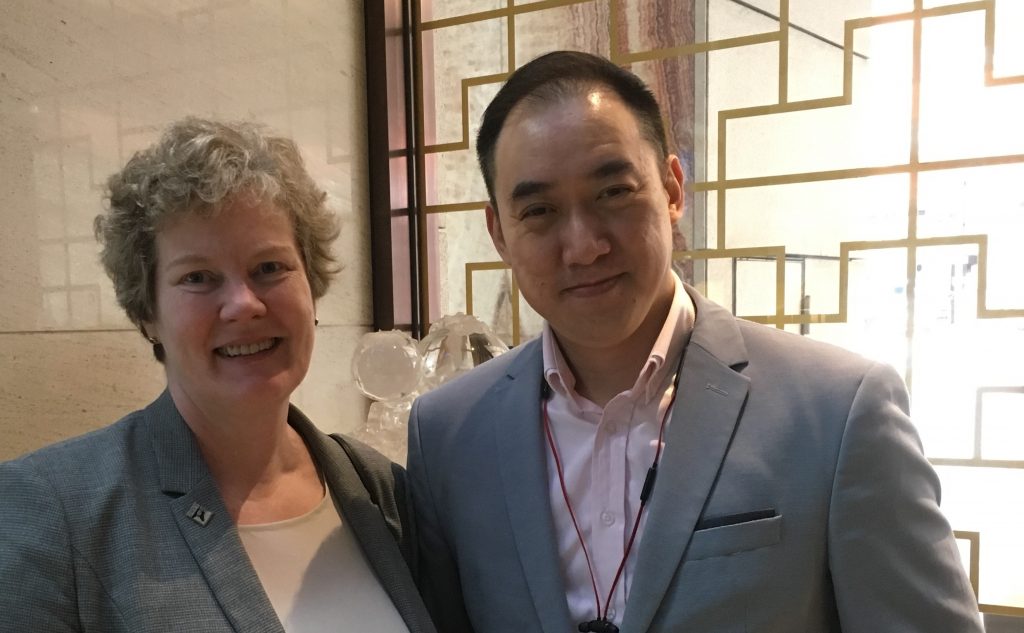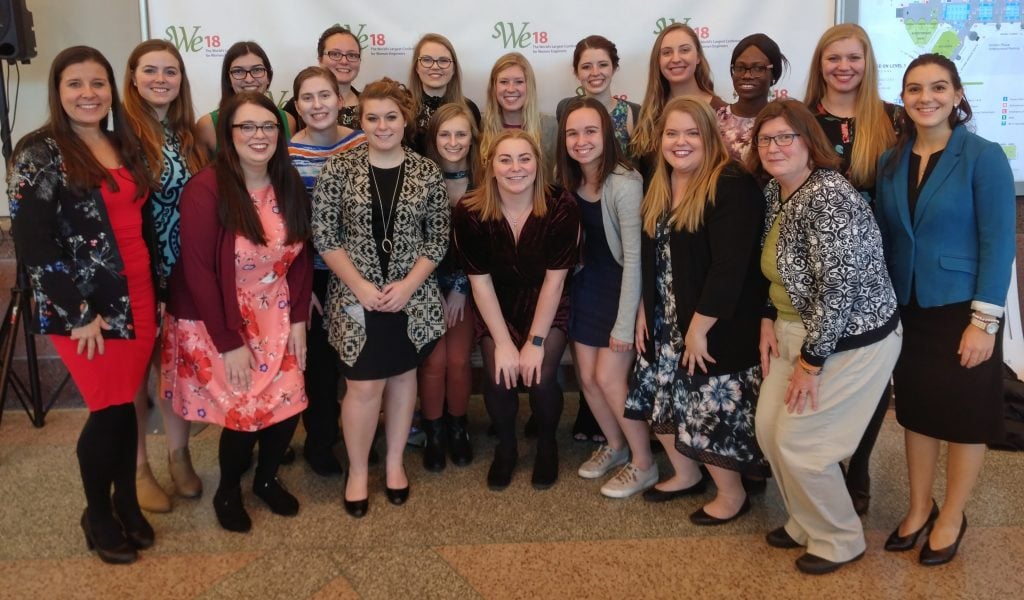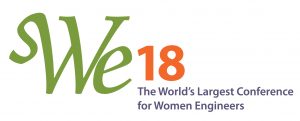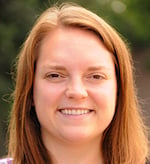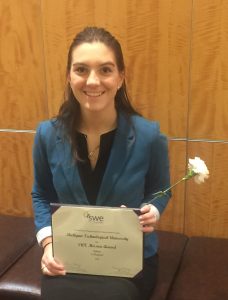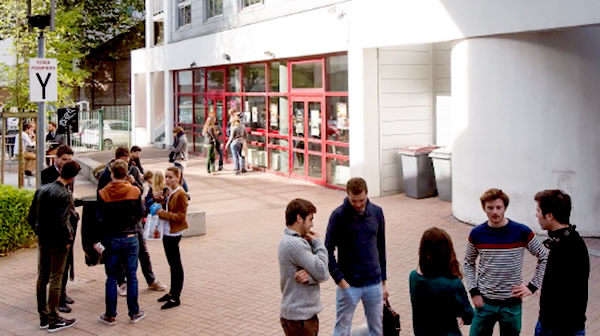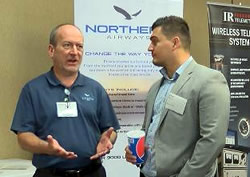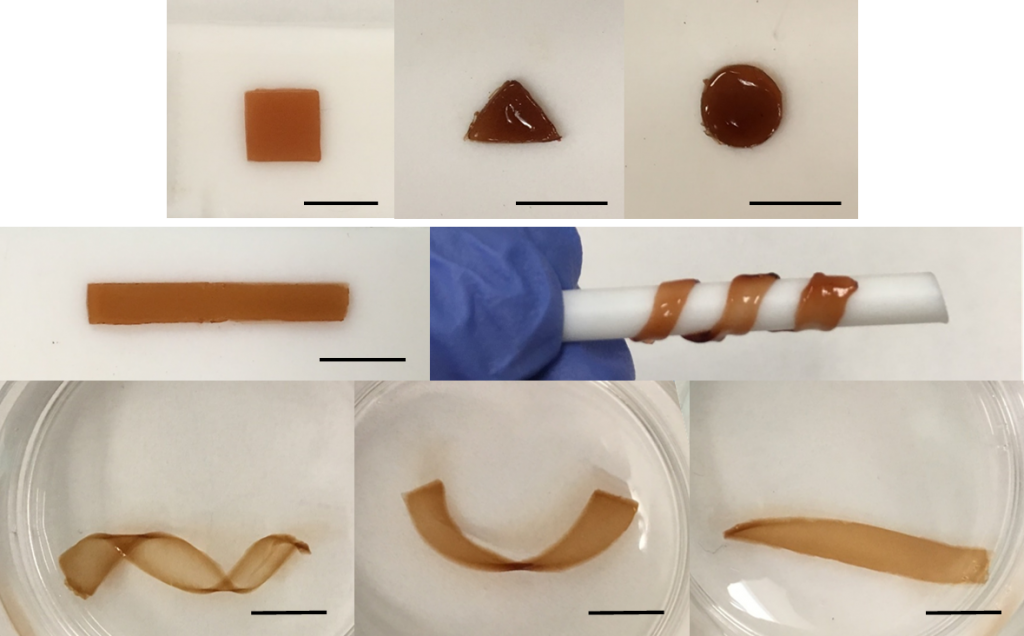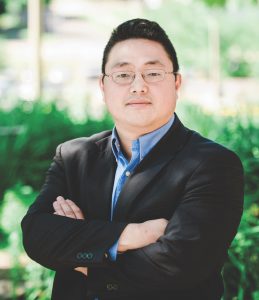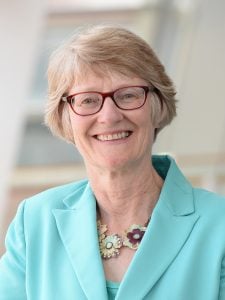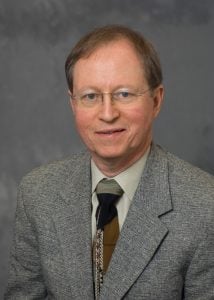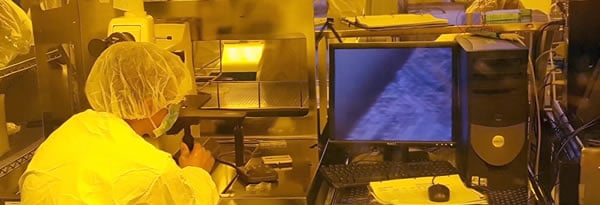
The Graduate School announced the Spring 2019 award recipients. The following are award recipients in engineering graduate programs:
Doctoral Finishing Fellowship Award
- Maria Paula Kwesiga, Biomedical Engineering
- Anindya Majumdar, Biomedical Engineering
- David Rosen, Biomedical Engineering
- Azad Heidari, Civil Engineering
- Sakineh Yazdanparast, Electrical Engineering
- Xin He, Mechanical Engineering-Engineering Mechanics
- Saeed Jafari Kang, Mechanical Engineering-Engineering Mechanics
- Xian Li, Mechanical Engineering-Engineering Mechanics
- Niranjan Miganakallu Narasimhamurthy, Mechanical Engineering-Engineering Mechanics
- Zhuyong Yang, Mechanical Engineering-Engineering Mechanics
Portage Health Foundation Graduate Assistantship
- Samerender Nagam Hanumantharao, Biomedical Engineering
- Dhavan Divyanshu Sharma, Biomedical Engineering
Outstanding Graduate Teaching Award
Recognizing graduate students who have exhibited outstanding dedication, instructional skills, received excellent evaluations from students, as well as gained the respect of faculty in the nominee’s departments.
- Ahammad Basha Dudekula (PhD, Mechanical Engineering-Engineering Mechanics)
- Siddharth Bharat Gopujkar (PhD, Mechanical Engineering-Engineering Mechanics)
- Cameron Hansel (MS, Mechanical Engineering)
- Erica Jacobson (PhD, Mechanical Engineering-Engineering Mechanics)
- Daniel Kulas (PhD, Chemical Engineering)
- Si Liu (PhD, Mechanical Engineering-Engineering Mechanics)
- Mehdi Malekrah (PhD, Electrical Engineering)
- William Pisani (PhD, Mechanical Engineering-Engineering Mechanics)
- Darud Sheefa (PhD, Civil Engineering)
- Samantha Swartzmiller (MS, Mechanical Engineering)
- Sarah Washko (MS, Environmental Engineering)
- Upendra Yadav (PhD, Mechanical Engineering-Engineering Mechanics)
- Zhuyong Yang (PhD, Mechanical Engineering-Engineering Mechanics)
Graduate Student Service Award
Recipients are recognized for outstanding contributions to graduate education at Michigan Tech.
- Goswami Nabhajit (PhD, Civil Engineering)
- Ami Kling (PhD, Biomedical Engineering)
Dean’s Award for Outstanding Scholarship
Recognizing demonstrated academic or professional qualities that set them apart within their academic program.
- Wyatt Adams (PhD, Electrical Engineering)
- Erin Burkett (PhD, Environmental and Energy Policy)
- Oladeji Fadayomi (PhD, Materials Science and Engineering)
- Hui Huang (PhD, Mechanical Engineering-Engineering Mechanics)
- Xian Li (PhD, Mechanical Engineering-Engineering Mechanics)
- Anindya Majumdar (PhD, Biomedical Engineering)
- Miles Penhale (PhD, Mechanical Engineering-Engineering Mechanics)
- Mohammadhossein Sadeghiamirshahidi (PhD, Civil Engineering)
- Xiucheng Zhu Xiucheng (PhD, Mechanical Engineering-Engineering Mechanics)
